were….
Purple sprouting perennial kale broccolis
Allium scorodoprasum leeks (bendelløk)
Good king henry / stolt henrik flower buds 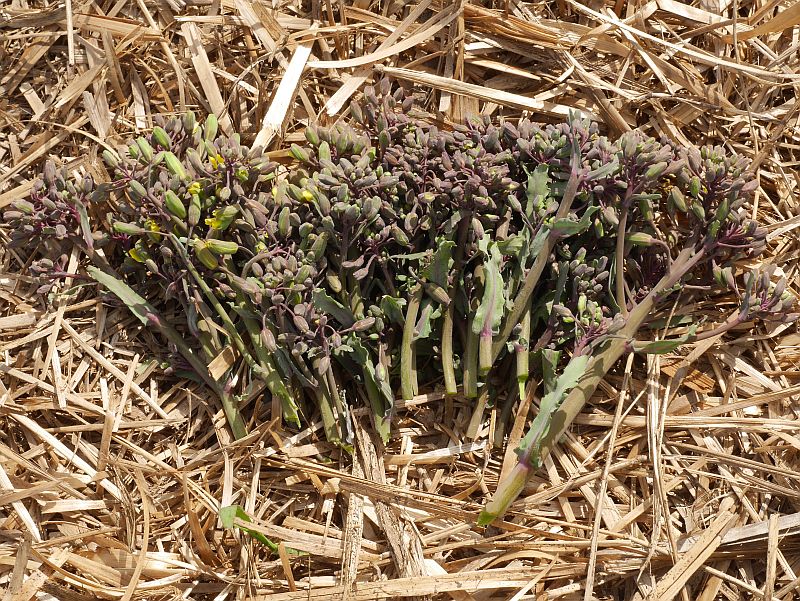
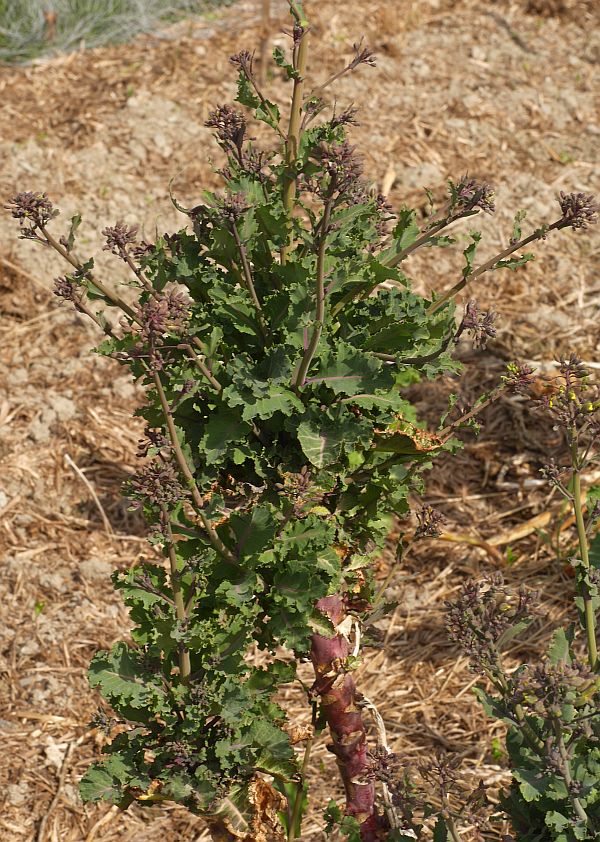
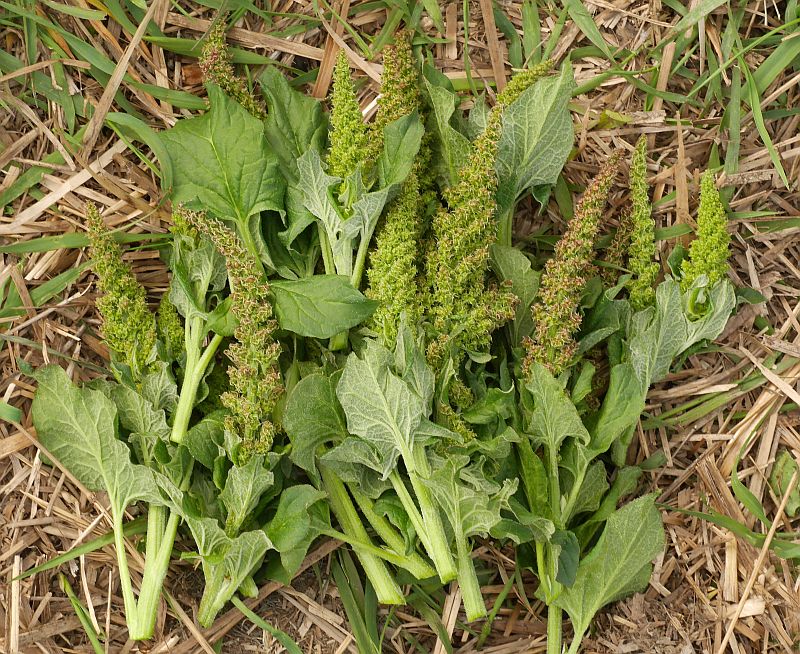
were….
Purple sprouting perennial kale broccolis
Allium scorodoprasum leeks (bendelløk)
Good king henry / stolt henrik flower buds 


I går publiserte jeg en artikkel om scorsonerrot, en plante med mange bruksområder(se Scorzonera). En annen plante hvor alle deler av planten kan brukes i matlaging er Stolt Henrik (Blitum bonus-henricus ). Jeg har tidligere skrevet artikler om denne planten både i Våre Nyttevekster i 2012 og i min bok Around the World in 80 plants fra 2014.
De siste årene har det kommet frem mye nytt om denne planten i den etnobotaniske litteraturen. Derfor har jeg nå skrevet en oppdatert artikkel og resultatet kan lastes ned nedenfor! Viste du feks at man laget en type halva fra røttene av denne planten i Balkan?
Om du kjenner til en gammel stolt henrik plante eller kan samle frø fra en viltvoksende bestand, ta gjerne kontakt!
Takk til Landbruksdirektoratet som har støttet dette arbeidet gjennom prosjektet «Kartlegging – innsamling- dokumentasjon og vurdering av genetisk mangfold av spiselige planter i Norge»
Takk også til Guri-Kristina Batta Bjørnstad for korrekturlesing og faglige kommentarer!
English Summary: Yesterday, I published an article on Scorzonera, a plant with many uses (see Scorzonera). Another plant where all parts of the plant can be used in cooking is Good King Henry (Blitum bonus-henricus). I have previously written articles on this plant both in Våre Nyttevekster in 2012 and in my book Around the World in 80 plants from 2014.
In recent years, much new information about this plant has been published in the ethnobotanical literature. Therefore, I have now written an updated article and the result can be downloaded above! Did you know, for example, that there was a tradition of making a type of halva from the roots of this plant in the Balkans? I hope to translate this into English when I get more time….

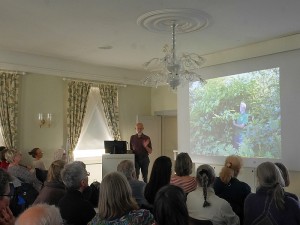
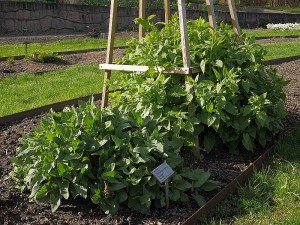
A full house of a mixed crowd of all ages, some 70 people, had turned up for my lecture at the Botanical Garden in Oslo despite the beautiful evening (we should have been outside) and the long holiday weekend! Thanks to the Norwegian Botanical Associtation and Natural History Museum for putting on this event and in particular Honorata Gajda.
Back home now after a night on the train…a fantastic week on the road, thanks to all the people who helped along the way….and some 60 books lighter :)